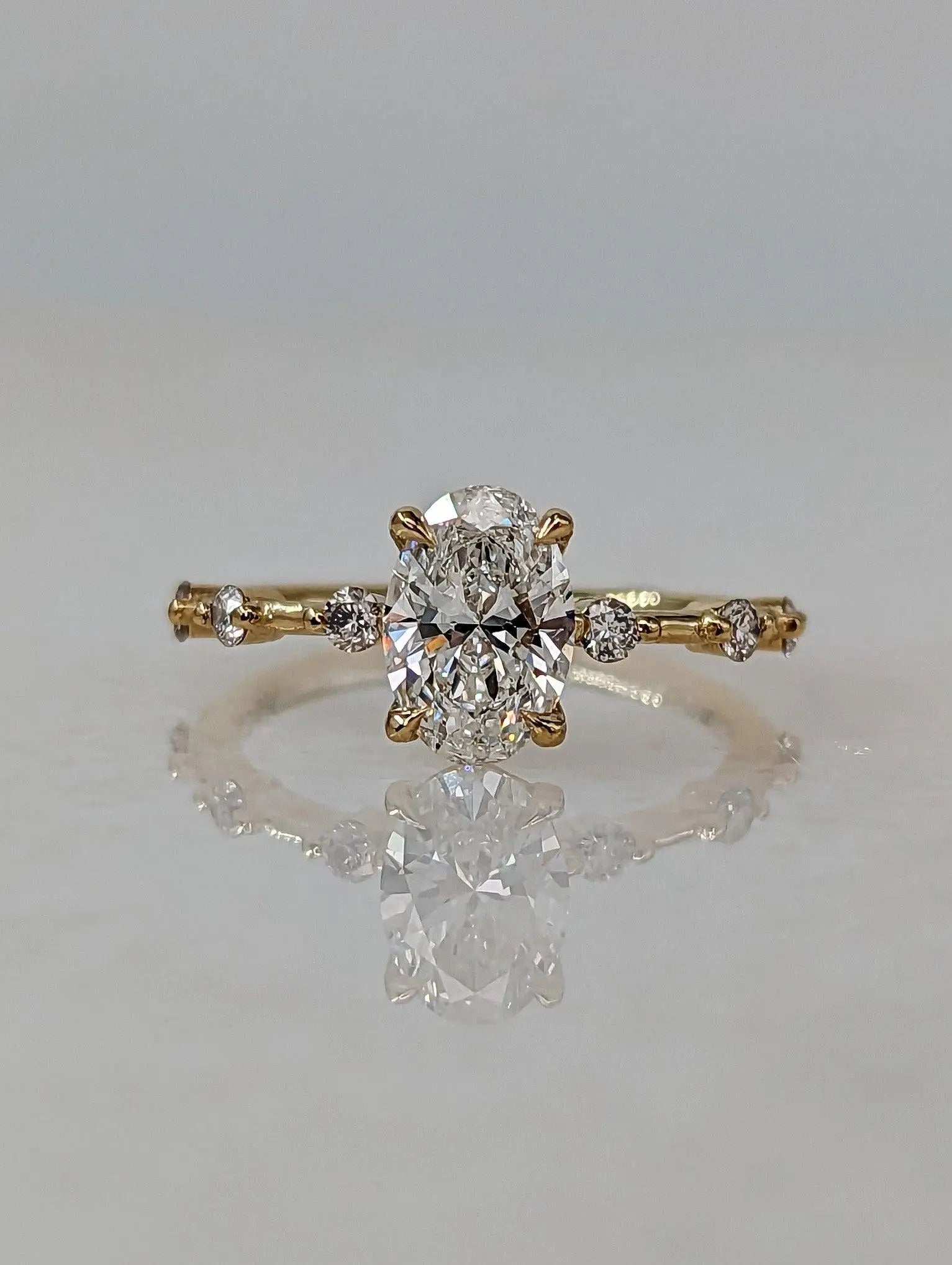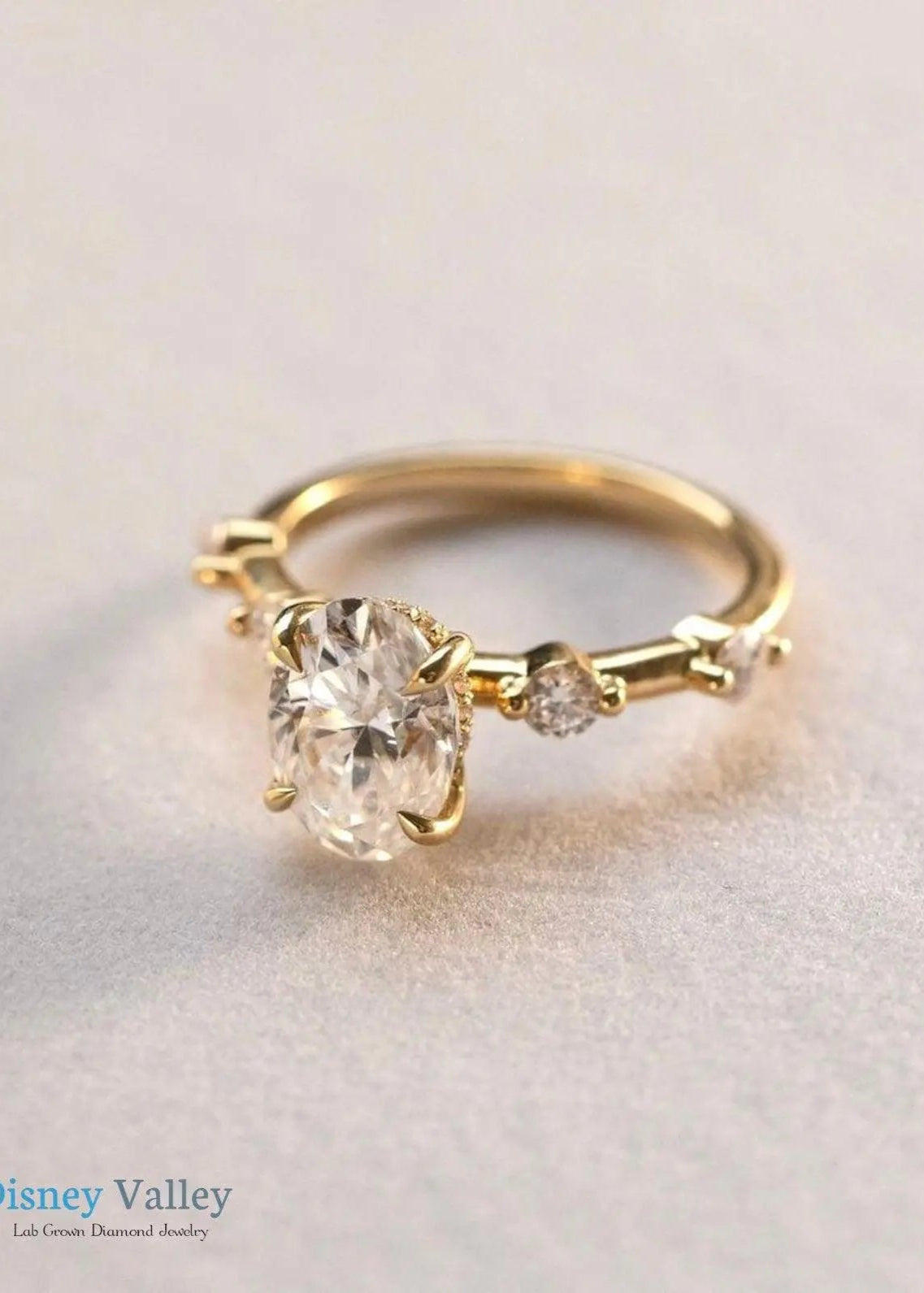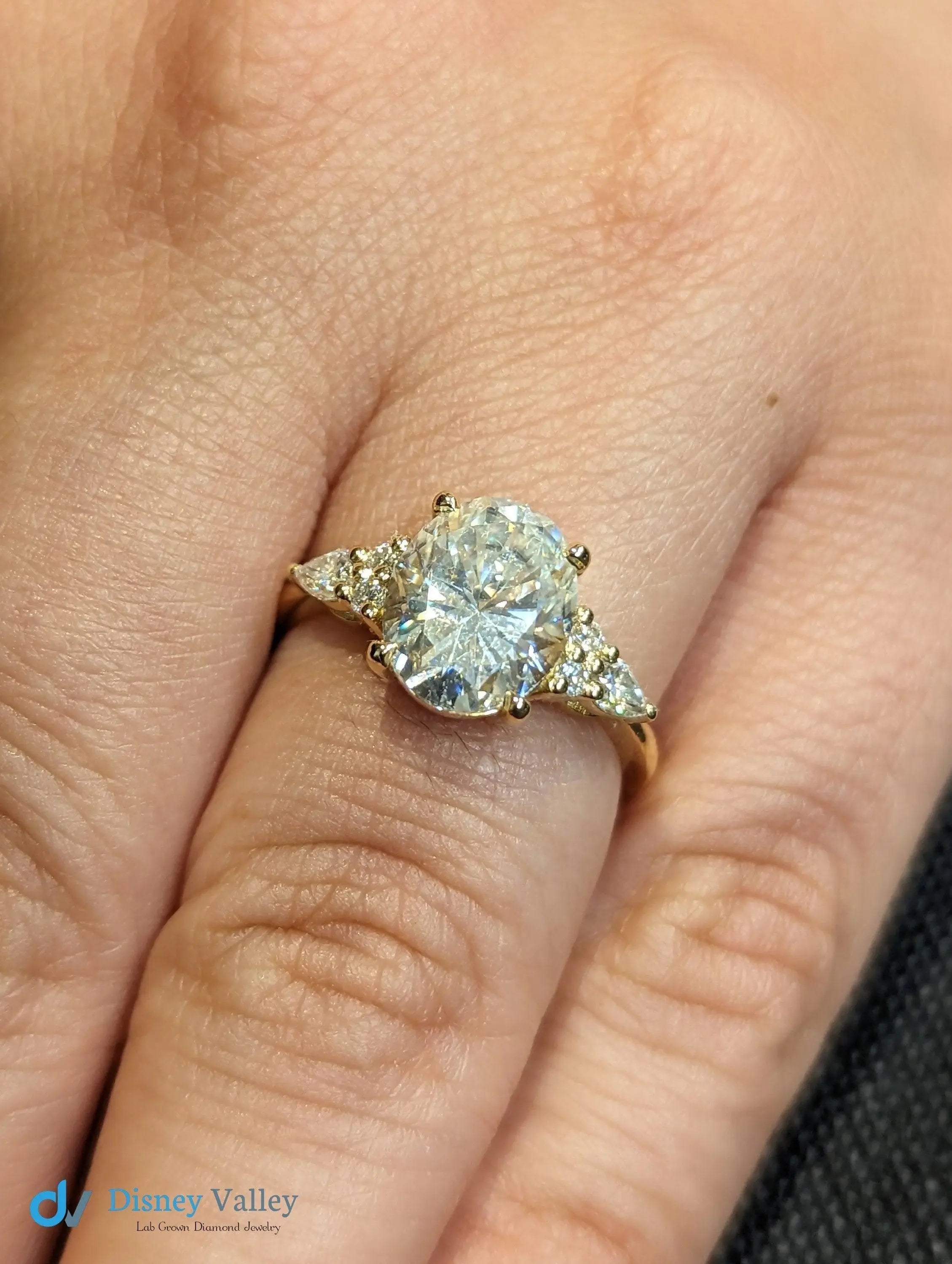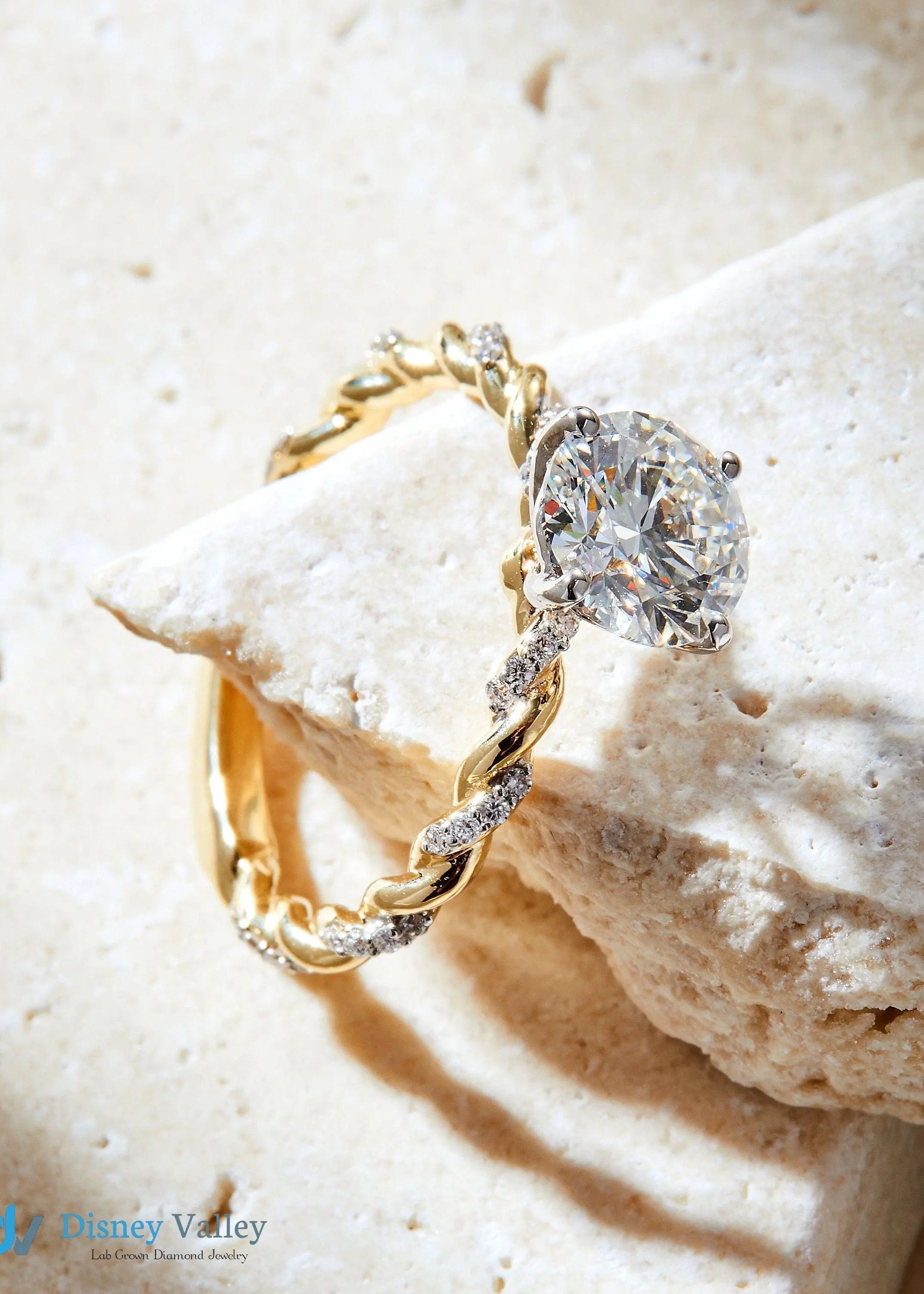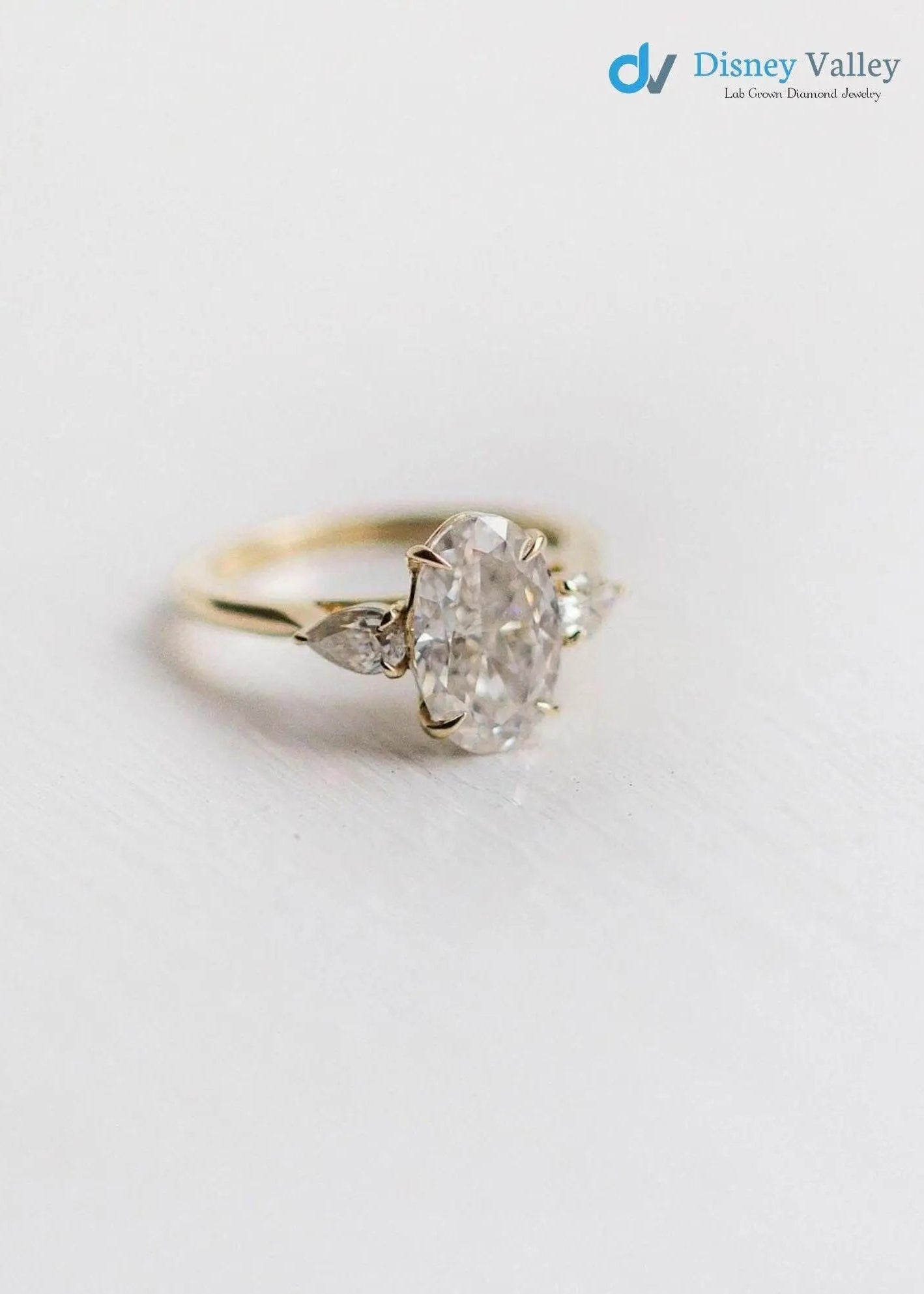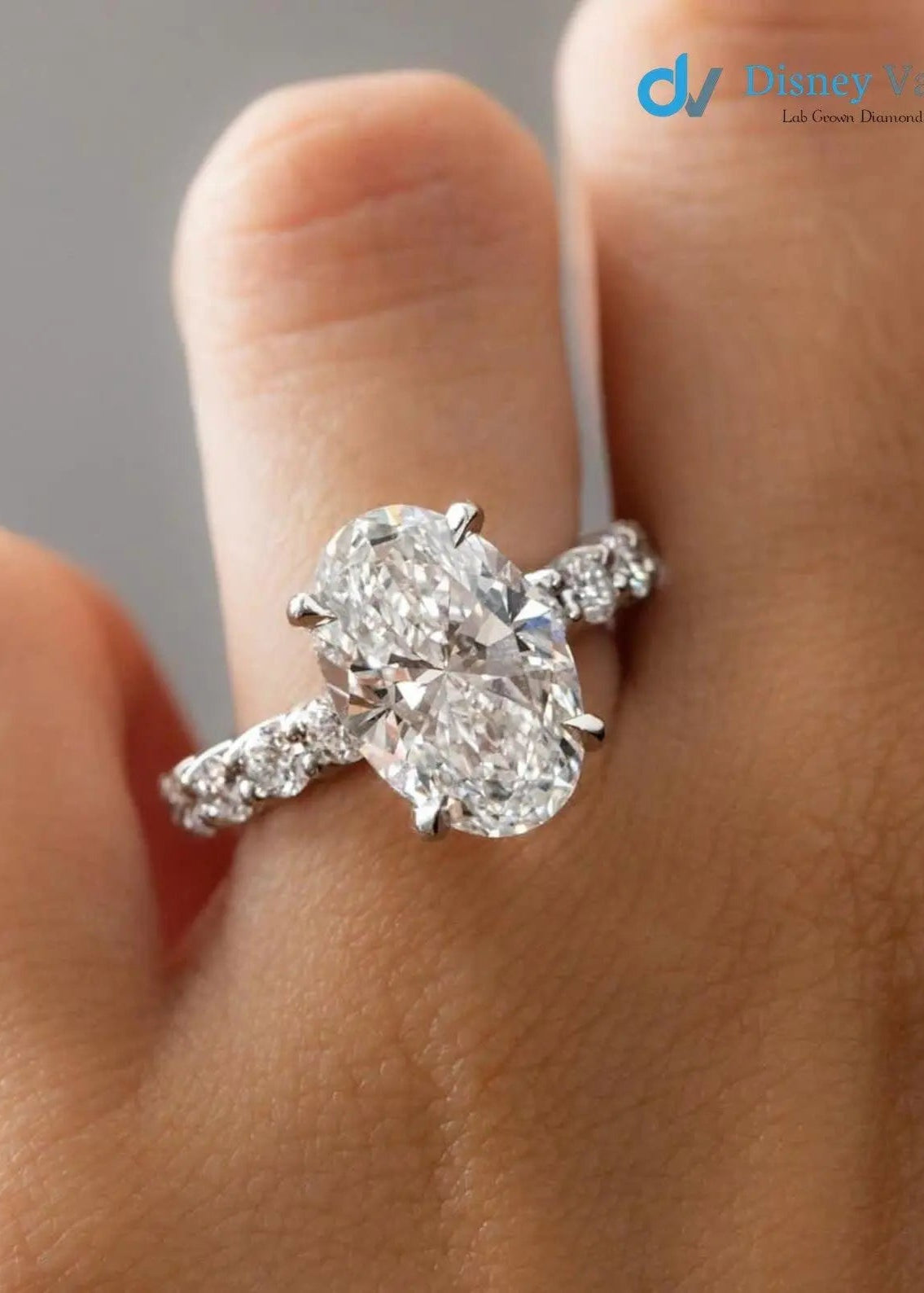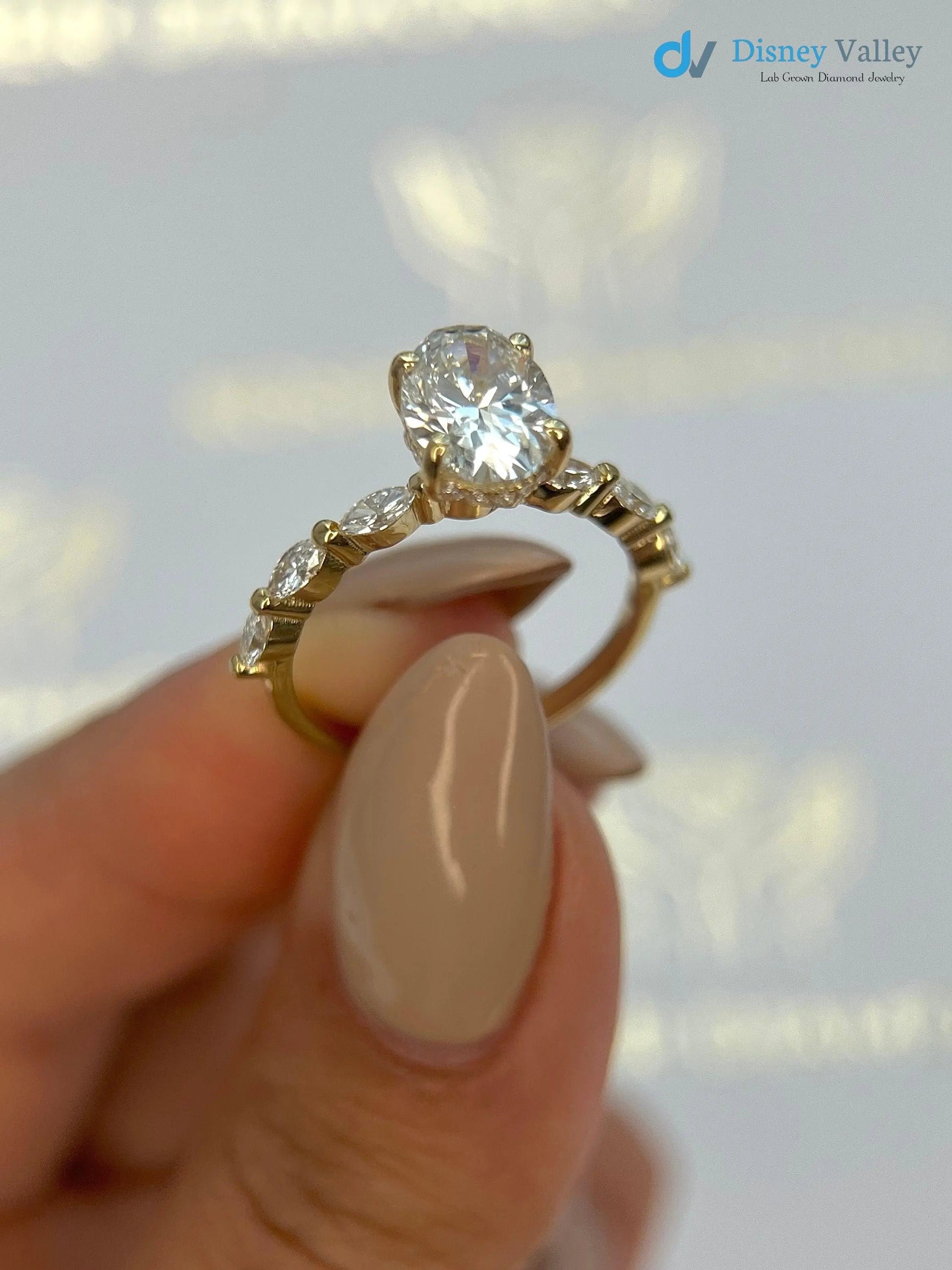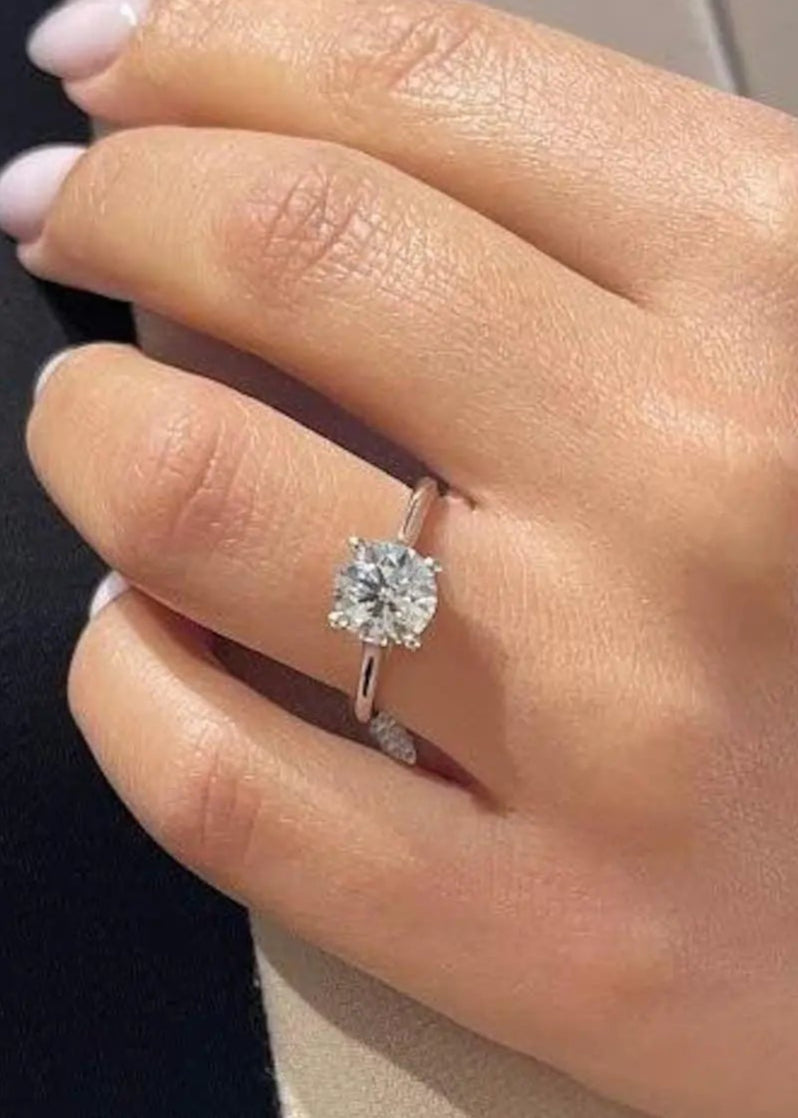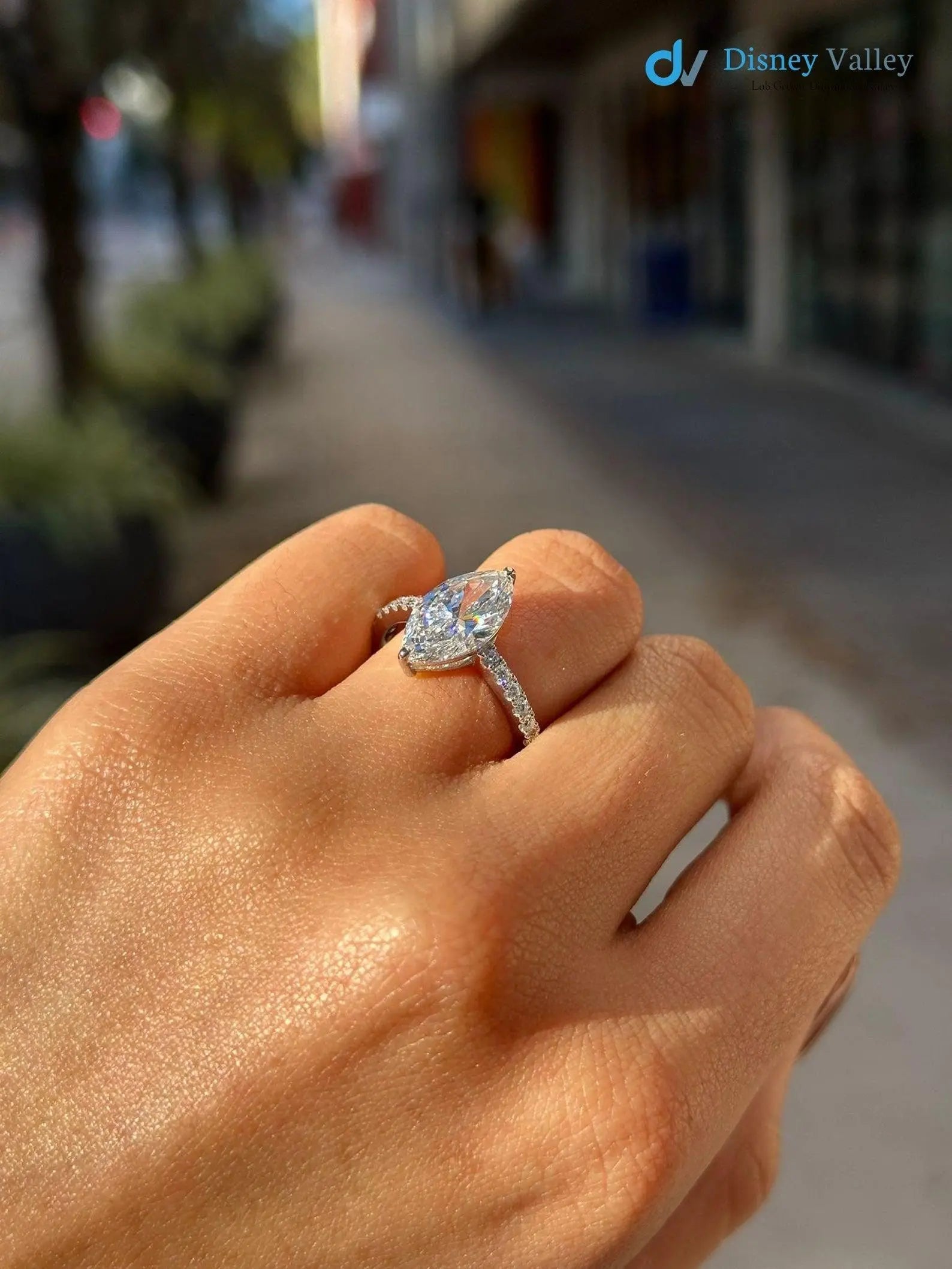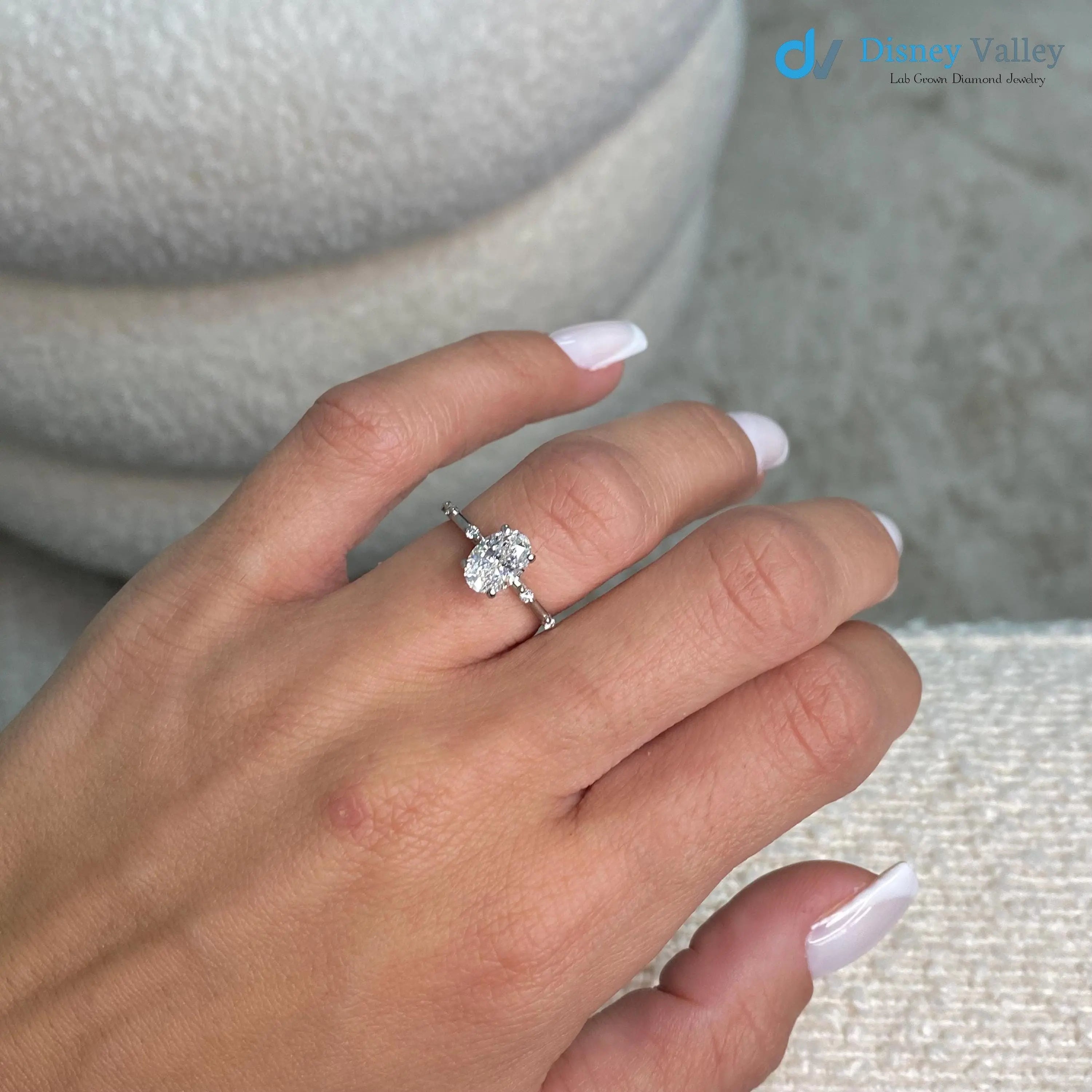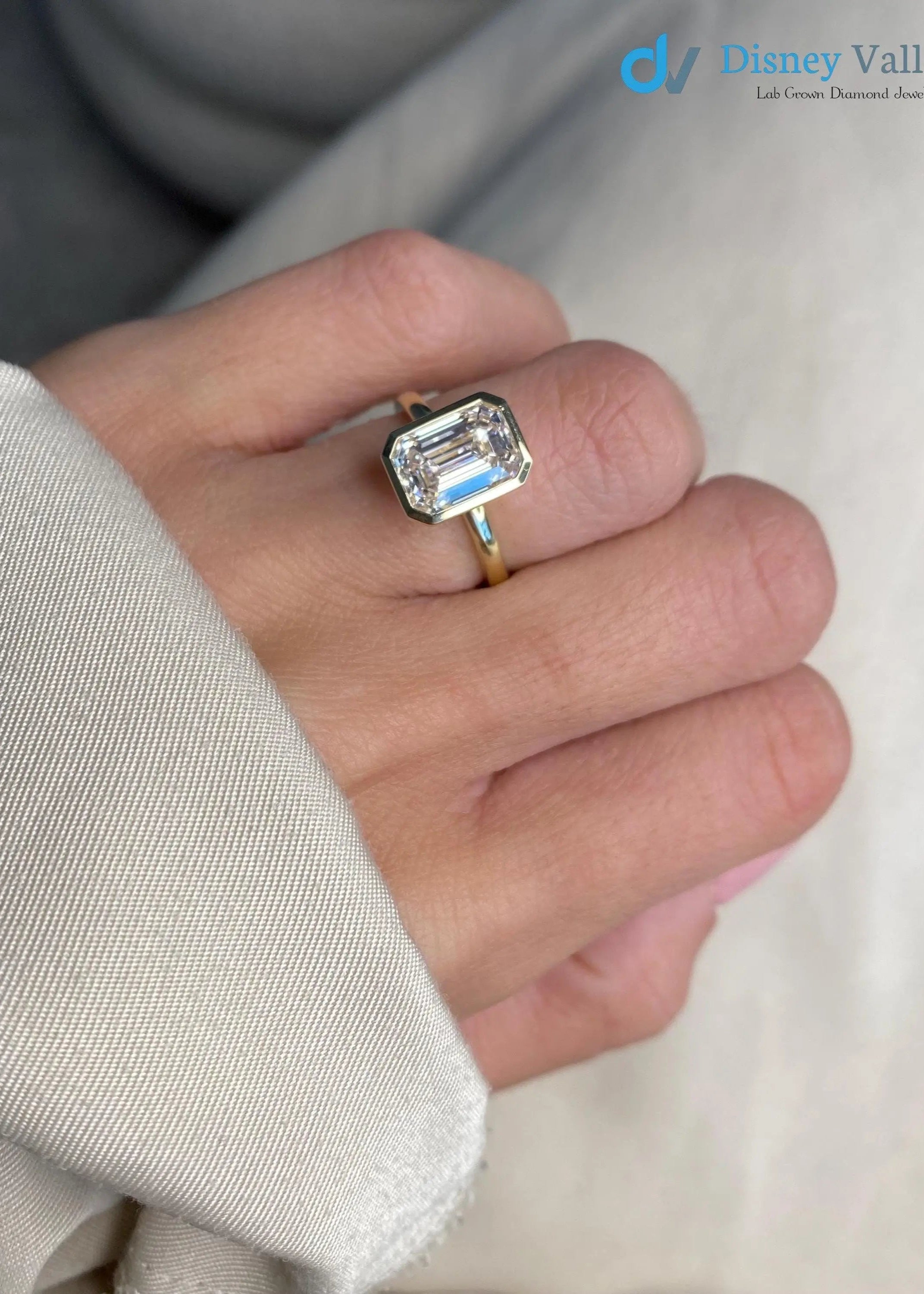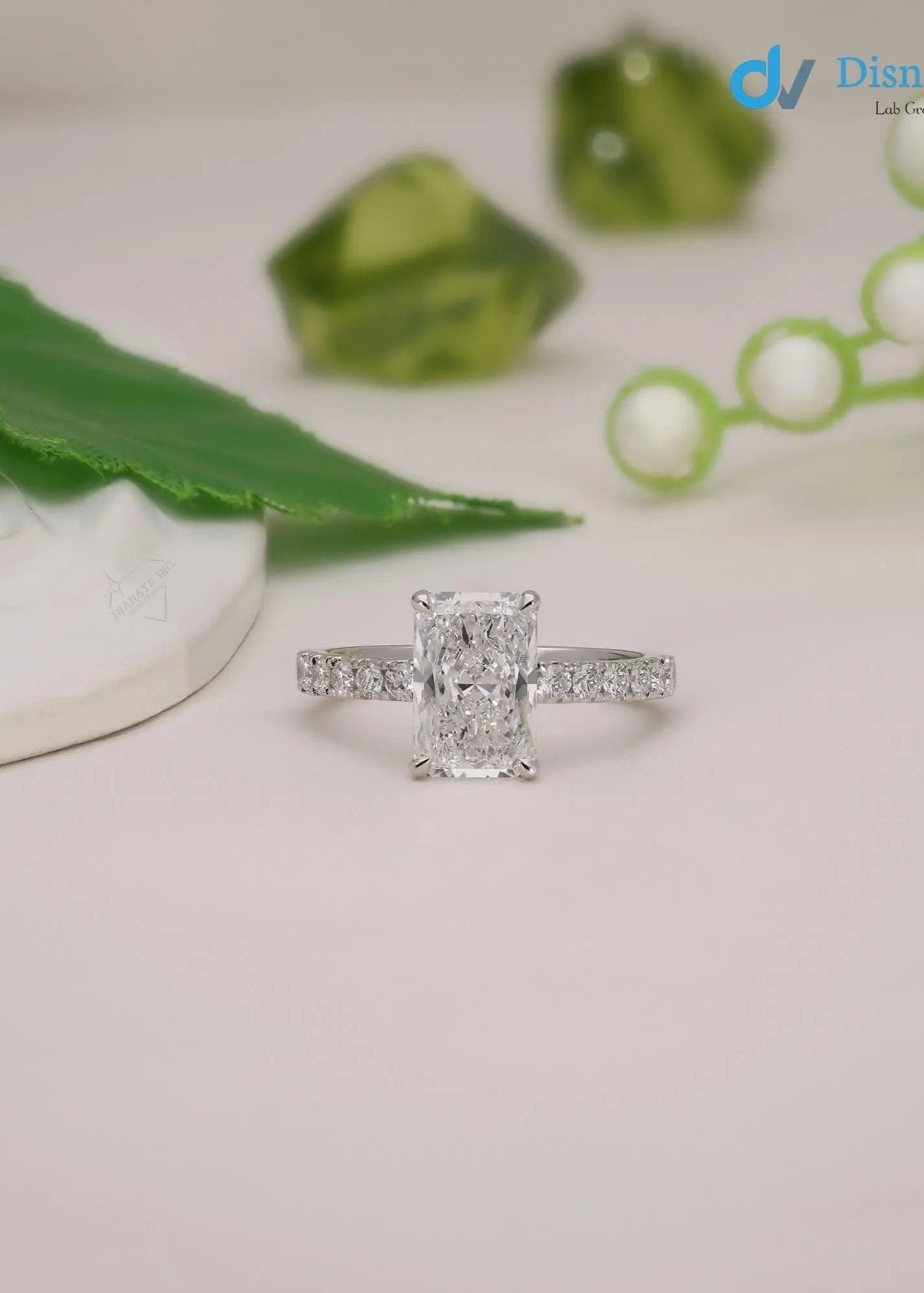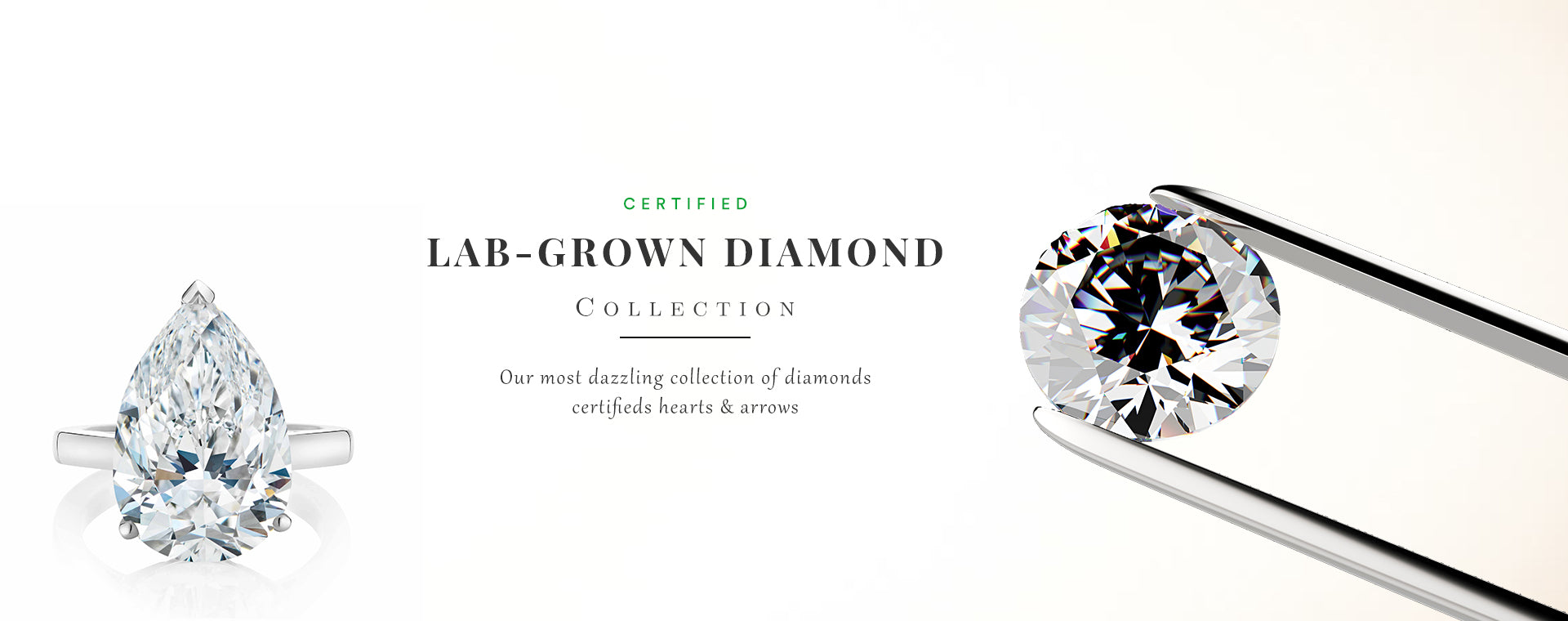
Initially, one of the most important things to consider when buying a diamond or gemstone is the shape! The shape of the stone is totally dependent on what style you want, and will affect how it looks on the hand and how it sparkles. Diamond shape refers to the general silhouette of a stone when viewed face up. These are the common terms you hear such as Round Brilliant and Princess. Shapes are created to suit a variety of tastes and continue to become more modern and unique. There are dozens of different shapes, but only around 10 that are the most well-known.
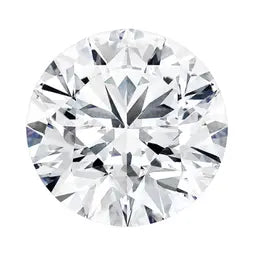
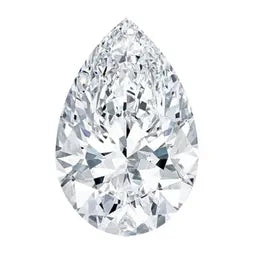
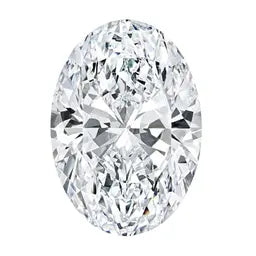
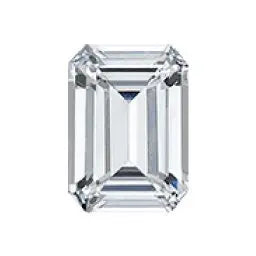
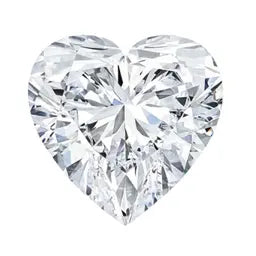
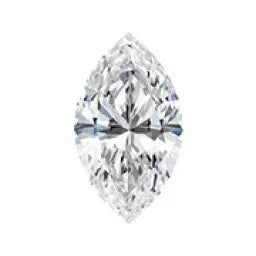
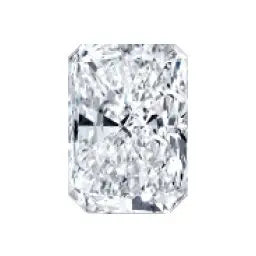
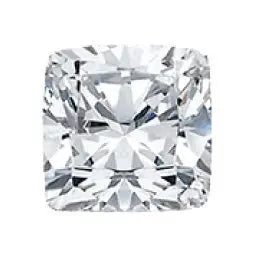
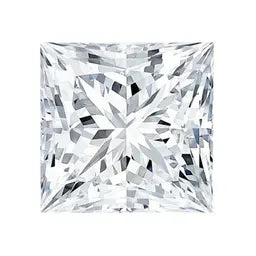
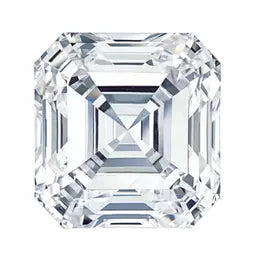
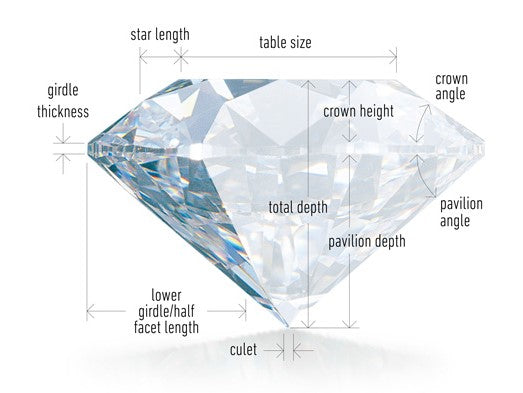
Cut is often confused with shape, although there is a big difference between them. The cut is the greatest influencer of brilliance and sparkle, regardless of the shape of a diamond. The type of cut a stone has refers to how well it returns light and the amount of light return has to do with the geometric facet pattern. A well-cut diamond will have brilliant sparkle and fire, because it captures all the available light and bounces it back to the eye. If a cut is too deep, the light will be reflected out of the side of the diamond, whereas if it is too shallow, it will be lost from the bottom. The closer a diamond is to an Ideal cut, the more sparkle it will emit. The more light return, the more desirable the stone is.

During the 1980s in Japan, it was discovered that when a round brilliant diamond with exceptional symmetry was viewed from the bottom through a special viewer, a pattern of hearts could be seen, and when viewed from the top, showed eight grey arrowheads. Diamonds displaying such exceptional symmetry account for less than 1% of all diamonds cut. The Hearts and Arrows cut has 58 facets and to achieve it and they are cut under 100x magnification.

Clarity is referred to as the purity of a diamond and almost all diamond have small impurities or “inclusions”, but they are not always visible to the naked eye.
When diamonds are formed, deep underground and under extreme pressure and heat, imperfections in the crystal structure can form and mineral impurities become trapped inside the stone. They are graded on a scale from (I) Included to (F) flawless.

The world of diamonds determines the colour by comparing a diamond against a master set of diamonds of different colours. This colour grading of a diamond refers to its lack of colour and for white or colourless diamonds, the diamond industry has adopted an alphabetical colour scale from D to Z, with D as the highest grading, being the whitest. Fancy-coloured diamonds such as pinks and blues are graded separately.
Without comparing diamonds side by side, it is very difficult to see the difference between a D and a G. As you go down the scale past J, diamonds start to develop a yellow or brown tint, which are less desirable. The key question is where to draw the line when choosing the colour of a diamond – how far can you compromise colour before the diamond is too tinted? The answer to this question is usually relative to your budget and personal preferences

It is important to understand that a 2 carat diamond is not twice the size in diameter of a 1 carat diamond. This is because diamonds are measured by weight, not size – something that is often mistaken. Carat weight is not the same thing as size; a one carat diamond weighs 0.2g, so a two carat stone would weigh a 0.4g, yet the dimensions would be 6.5mm and 8.0mm respectively. How large a diamond appears is also dictated by other factors such as shape and cut, so it is important to check the dimensions in millimetres (not just the carat weight!) before deciding which carat weight suits you best.
For each diamond shape, the dimensions of the diamond may affect the carat weight. For instance, a 7.0mm x 5.0mm may as standard be a 0.75ct oval however in some instances it may weigh slightly less or slightly more which is why we have a diamond tolerance.
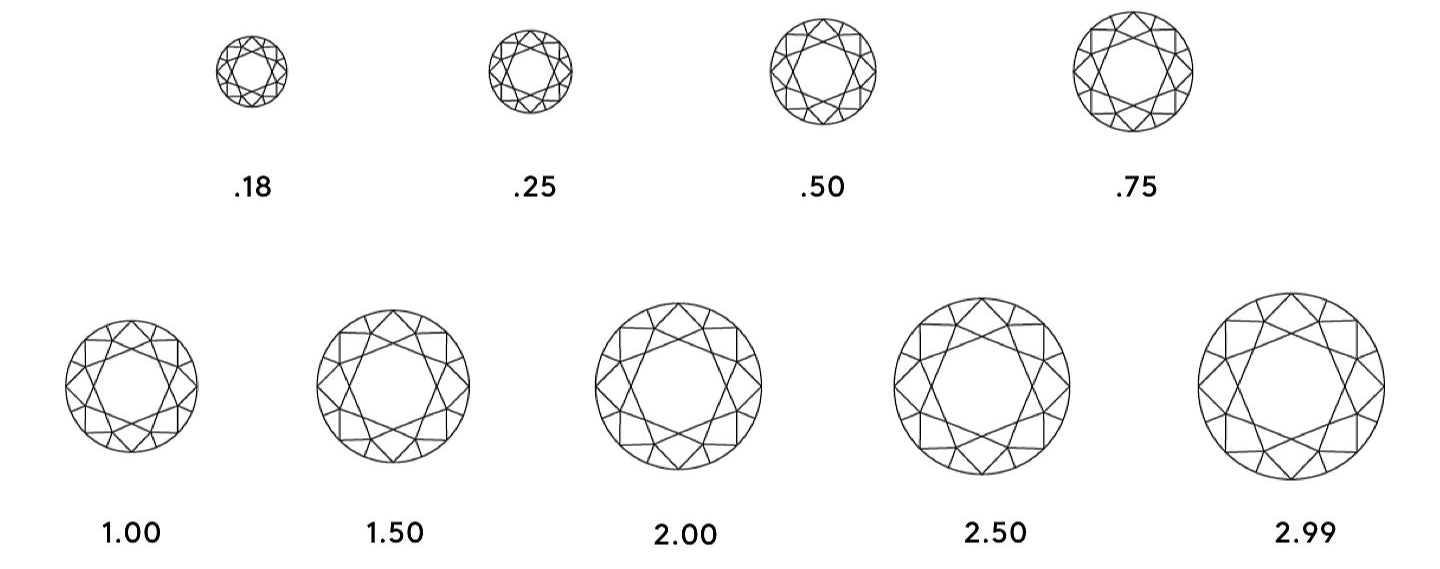
Diamond certificates are issued to confirm a stone’s technical characteristics and identity. Ensuring your diamond is certified by an independent and recognised certification laboratory is essential for an unbiased assessment of the stone’s quality.
Diamond certification organisations issue a unique number for every diamond to protect the consumer. This number is usually laser inscribed in the diamond’s girdle and can be easily verified with a magnification loupe. This assures you the diamond you are buying is the one that has been certified.
About 80% of all polished diamonds come with a certificate issued by a grading lab and over many years, diamond producers have developed robust relationships with a small number of grading companies. The GIA is one of the most well known who own the market for diamond certification and roughly two thirds have a GIA certificate. Others include AGS and IGI.
Diamonds with certificates issued by one of these bodies will carry a higher price premium, around 21% more than the average price for any given diamond. This does not mean that a diamond you buy with this certificate is better quality, it simply means that you pay more for it.
Unfortunately, diamonds that are labelled as conflict-free are still not the answer for those who desire an ethical diamond. The Kimberley Process Certification Scheme that certifies mined diamonds as “conflict free” is flawed and according to their definition, a conflict free diamond is “a diamond that hasn’t financed rebel movements against recognised governments”.
This means that these so called “conflict-free” diamonds may still have origins associated with violence, human rights abuses and environmental degradation. How can a diamond claim to be “conflict-free” when it’s still in conflict with human rights and the environment?
What’s more, the Kimberley process is highly vulnerable to smuggling and forged certification, meaning that a blood diamond could still be certified as “conflict-free”.
Purchasing a created diamond or stone sets you apart from the entire mined-diamond industry. You are not supporting environmental damage, human rights abuses, or dubious ethical practices.
Environmental Cost
Ever since the production of laboratory grown diamonds began in 1953, a debate has raged regarding which is better: Natural or lab-grown. The argument has become more relevant than ever since technology has become advanced enough to produce diamonds suitable for jewellery.
Despite the argument regarding which diamonds are better, carbon-neutral lab-diamonds have one major advantage over natural diamonds: absolutely zero impact on the environment. That advantage is leading many customers to abandon natural diamonds in favour of lab grown.
Monetary Cost
Diamonds are priced on the merits of the colour, cut and clarity and the better the credentials, the more expensive diamonds are. The supply of them is controlled which keeps the cost of them artificially high. In addition, the bigger you go in carat size, the increase in cost is not based on a linear scale, due to these larger stones being less plentiful. The cost therefore increases exponentially and bigger, better diamonds are more often than not, way outside budget. This results in a compromise in the credentials and the preferred stone size and is often quite a disempowering buying experience.
Mined diamonds are more common than we are led to believe, and their price at which they are sold is carefully regulated. The reason for this is that the supply of diamonds is controlled.
The cost of a mined diamond and its value are two wildly different things. The cost is what you pay for it, and the value is often only a small percentage of the original cost, which you would discover if you attempted to sell a mined diamond ring back to a jeweller. You simply would not be able to recoup the cost because diamonds are sold at an over inflated retail cost but bought back at a fraction of the wholesale cost, if you can sell it at all.
Many people are also now very aware that the powers within the diamond industry control the high price of natural diamonds, that they are artificially inflated with the aim of convincing the consumer that they are worth what they pay for them.
